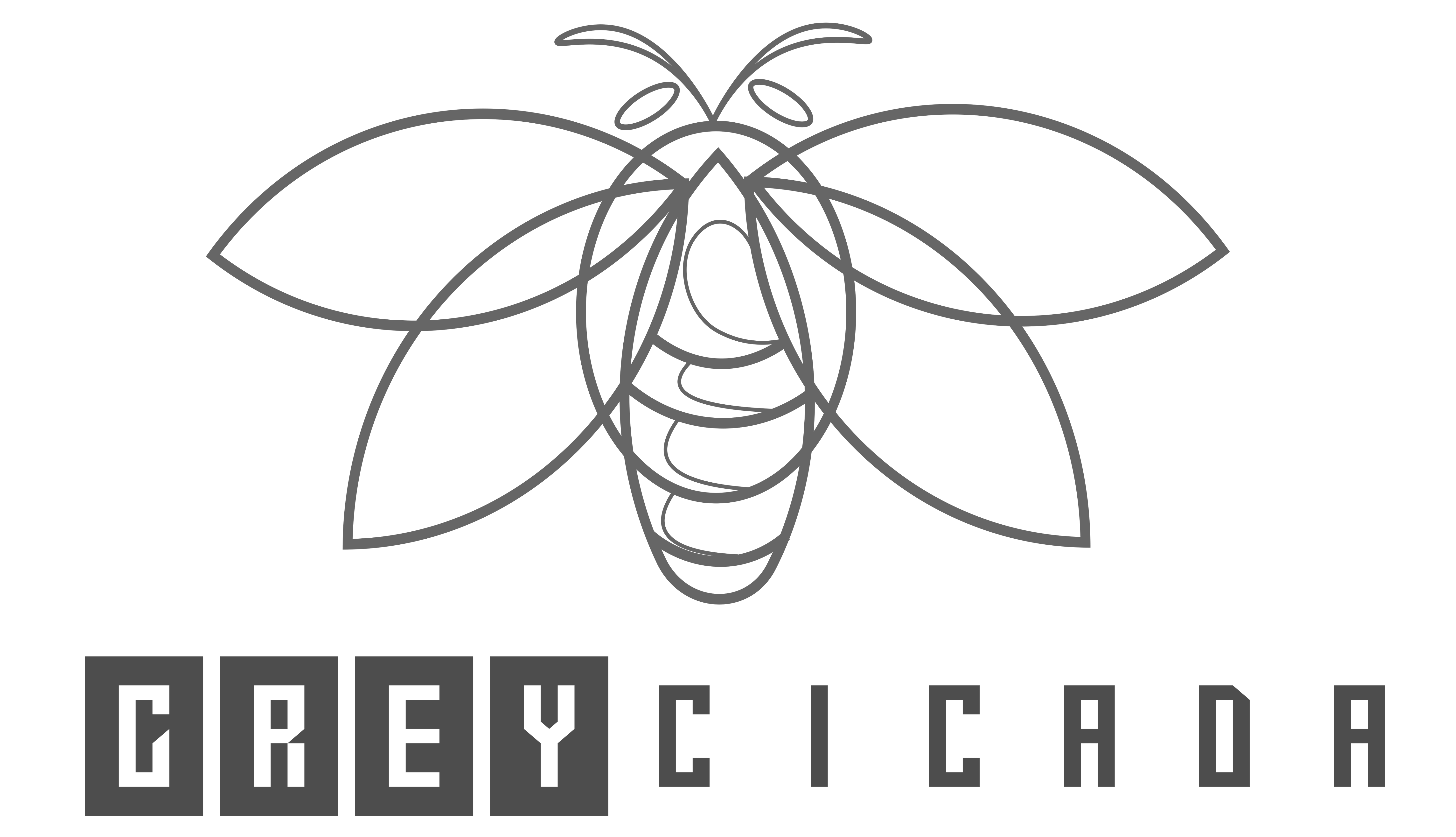FREE SHIPPING OVER $50
This One Protein Could Be the Key to Burning Dangerous Belly Fat, Say Dietitians
Let’s be honest—when most people talk about wanting to lose weight, they’re actually talking about belly fat. Specifically, visceral fat—the kind that wraps around your organs and raises your risk for serious health issues like heart disease, type 2 diabetes, and even some cancers. While exercise and general healthy eating are crucial, emerging nutrition science points to one particular protein that could make a huge difference in fighting visceral fat.
Let’s break down how this works—and why dietitians swear by it.

What Makes Visceral Fat So Dangerous?
Before we dive into whey protein, it’s important to understand why visceral fat is such a big deal.
Unlike subcutaneous fat (the kind you can pinch), visceral fat builds up around your abdominal organs. This deep fat is metabolically active, meaning it secretes hormones and inflammatory compounds that disrupt your body’s function. Over time, this contributes to insulin resistance, high blood pressure, and chronic inflammation—basically setting the stage for several preventable diseases.
The scariest part? You don’t have to be overweight to have it. Even people who appear lean can carry high levels of visceral fat.
Why Protein Matters for Fat Loss
Protein plays a crucial role in overall weight loss, but when it comes to belly fat specifically, it brings a unique set of benefits:
- Promotes satiety: Helps control hunger and reduce overall calorie intake.
- Boosts metabolism: Protein has a higher thermic effect than carbs or fat, meaning your body burns more calories digesting it.
- Preserves muscle mass: Essential during weight loss to ensure your body burns fat, not muscle.
- Supports stable blood sugar: Helps reduce insulin spikes, which are linked to increased fat storage—especially around the belly.
So, not all proteins are created equal. And that brings us to the top contender: whey.
Why Whey Protein Is a Dietitian Favorite
Whey protein is derived from milk and is a complete protein, meaning it contains all nine essential amino acids your body needs. It’s quickly absorbed and easy to digest, making it ideal for post-workout recovery and weight management.
But what sets it apart for belly fat reduction? Several studies suggest whey protein may be especially effective at targeting visceral fat. It appears to:
- Help regulate hunger hormones like ghrelin and leptin.
- Improve insulin sensitivity.
- Encourage the loss of fat without compromising lean muscle.
A 12-week study published in the Journal of the International Society of Sports Nutrition found that participants who consumed whey protein daily lost significantly more abdominal fat than those who consumed soy protein or carbohydrates.
Best Ways to Use Whey Protein for Fat Loss
Adding whey protein to your diet doesn’t mean you have to become a bodybuilder. In fact, it’s one of the easiest tools you can use for a fat loss-focused nutrition plan. Here’s how to get the most out of it:
Choose the right product
Look for whey protein isolate or concentrate without added sugars, artificial flavors, or fillers. Clean labels matter. Brands like Naked Whey, Optimum Nutrition, and NOW Sports consistently rank high with dietitians.
Use it at the right times
- Post-workout: Support recovery and muscle building.
- Breakfast or midday snack: Keeps you full and prevents cravings.
- Meal replacement: Blend with fruit and a healthy fat source like almond butter for a full meal.
Watch your portions
One scoop (20–25 grams of protein) is typically enough for most people. You don’t need to go overboard—more isn’t always better.
Not a Fan of Whey? Other Protein Options That Help Burn Belly Fat
While whey is at the top of the list, it’s not the only effective protein source. Here are a few other options worth considering:
- Greek Yogurt: High in protein and probiotics
Great for gut health and helps you stay full longer. - Eggs: Nutrient-dense and affordable
Eggs provide protein and healthy fats, making them ideal for breakfast. - Chicken Breast: Lean and versatile
A staple for many weight-loss diets due to its high protein-to-fat ratio. - Lentils and Legumes: Plant-based power
Packed with fiber and protein, these help keep your digestion regular and blood sugar steady.
What to Avoid If You’re Trying to Burn Belly Fat
Knowing what to eat is only half the equation. To really reduce visceral fat, you’ll also want to cut back on these common belly fat triggers:
- Sugary drinks – Think soda, energy drinks, and even fruit juices.
- Refined carbs – White bread, pasta, and pastries spike insulin levels.
- Excess alcohol – Especially beer, which contributes to “beer belly.”
- Trans fats – Found in many processed foods and baked goods.
Realistic Expectations and Long-Term Results
No supplement or food—whey protein included—is a miracle fix. But when combined with regular strength training, cardio, and a balanced, calorie-conscious diet, whey protein can give you a real edge in burning visceral fat.
It’s also a sustainable option. It’s easy to incorporate, doesn’t require a major lifestyle overhaul, and is backed by science and professional endorsements.
Conclusion
If you’re looking to burn stubborn belly fat and boost your overall health, whey protein could be your not-so-secret weapon. Recommended by dietitians for its metabolism-boosting, muscle-preserving, and fat-burning properties, it’s one of the most effective and accessible tools for anyone serious about losing visceral fat.
So, next time you reach for a snack or plan your post-workout fuel, remember this: not all proteins are created equal—and whey just might be the one that helps transform your belly and your health.
Related Articles
- We Tried 17 Protein Powders—These 7 Are Actually Worth Your Money
- Top FODMAP-Friendly Protein Powders and Meal Replacements You Need Now
- Try These 5 High-Protein Smoothie Ingredients Instead of Protein Powder
- This High-Protein Snack Can Help Lower Your Cholesterol, Say Dietitians
- The Unexpected Ingredient I Added to My Eggs That Boosted My Protein Intake



